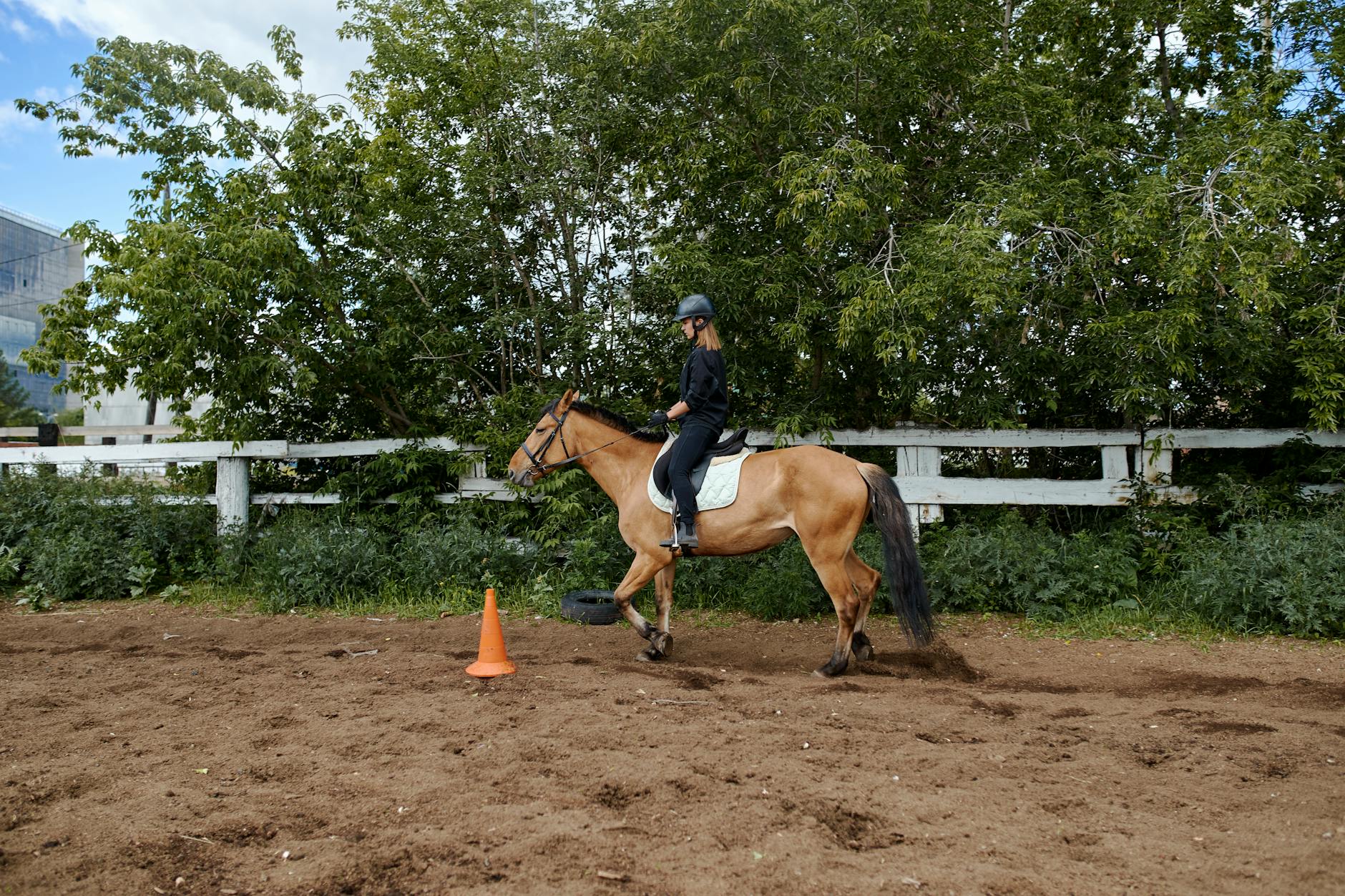How Can Australian Urban Planners Balance Pet Freedom with Community Tranquility?

Pet Freedom Challenges
Safety and Freedom Needs
As someone who's keen on ensuring behavioural harmony within Melbourne's urban setting, I often find myself contemplating the delicate balance between pet freedom and safety. Many pet owners yearn to provide their furry companions with the freedom to explore the outdoors which can be reminiscent of a stroll through Royal Botanic Gardens Victoria, right? However, ensuring this freedom doesn't compromise safety is crucial.
A popular tool for managing this balance is the citronella dog collar, which many view as a humane alternative to shock collars. While it allows pets some autonomy, it gently discourages excessive barking that can disturb the peace.
Behavioral Issues Impact
High-energy pets, just like my own rescue dog, Charlie, often come with their set of behavioural challenges. With limited knowledge on effective tools, I was apprehensive to explore training aids. However, the citronella collar has been instrumental in my efforts, providing a humane solution to curb excessive barking. This not only aids in training but also ensures our beloved pets don't disrupt community harmony, reminiscent of a peaceful outing through the laneways of Melbourne CBD.
Wildlife Interaction Concerns
In our quest to provide our pets with the freedom they desire, we must also be mindful of their interactions with the local wildlife. Uncontrolled pets can pose a threat to local fauna, disrupting habitats and causing distress. It’s essential to employ solutions like training collars that help manage pets’ behaviour in a manner considerate of our community's diverse ecosystem.
Community Tranquility Concerns
Noise and Disturbance
Living in Melbourne's vibrant environment, ensuring community tranquillity is essential, especially around bustling areas like Federation Square. A common concern is the noise originating from pet behaviours, particularly dogs. Australia's urban settings have seen an increased demand for anti bark collars as these devices can effectively reduce unnecessary barking, fostering a more harmonious community. These collars are designed to provide gentle reminders for dogs, helping them adapt to urban life without causing unnecessary disruption.
Environmental Impact
When addressing the local environment, it’s vital to consider the overall impacts on urban ecosystems, especially with advancements such as the electric dog fence. These fences prevent pets from wandering into sensitive areas, thereby safeguarding plants and wildlife, which are essential to Melbourne's ecology. Such technological interventions make it possible to maintain pet boundaries without physical barriers, supporting both community needs and environmental preservation.
Public Space Conflicts
Public spaces must cater to a diverse audience, but conflicts often arise when pet activities interfere with human use. Strategies must encourage coexistence, much like the laneways of Melbourne CBD, where thoughtful design allows for dynamic urban engagement. Education initiatives, aimed at pet owners, can promote respectful usage of these spaces, ensuring everyone, whether they are walking a dog or just passing through, can enjoy the area. Building awareness and understanding amongst pet owners about their impacts can lead to more inclusive and shared urban experiences.
Urban Planning Strategies
Designing Pet-Friendly Spaces
In our bustling city environments, crafting spaces that accommodate both pets and humans is essential. Picture the vibrant laneways of Melbourne CBD, where we can utilize creative urban design to support diverse needs. Urban planners can consider incorporating dedicated dog parks or pet-friendly areas, which provide places for exercise and socialization. This prevents behavioural issues, such as excessive barking that sometimes lead people to consider using options like an anti bark collar. Moreover, strategic placement of these areas within residential neighbourhoods can enhance community interactions and reduce potential disturbances in local parks or near homes.
Zoning Regulations
City planners must thoughtfully outline zoning regulations that contribute to a balanced coexistence between pet owners and their surroundings. Incorporating pet-related considerations into zoning laws is pivotal. These regulations can include stipulations for noise control measures, restricting the use of potentially harmful products, such as a shock collar, which might not align with community values or regulations. This approach not only supports pet welfare but also respects the preferences of residents who may be less familiar with pet training tools or those concerned about animal welfare.
Public Education Initiatives
Fostering an informed community is crucial for achieving urban harmony. Initiatives and workshops that educate residents on humane pet training and environmental stewardship should be prioritized. Engaging platforms such as community seminars or online forums can offer valuable insights into sustainable practices that respect both pets and the environment. By promoting awareness and understanding, we can ensure a cooperative environment for everyone, ensuring that urban living remains vibrant and inclusive.
Sustainable Solutions for Coexistence
Eco-Friendly Pet Practices
Tending to our pets in a sustainable manner is essential in preserving our communities and environment. Urban dwellers are exploring ways to align their pet practices with environmental values. For instance, choosing biodegradable waste bags or eco-friendly pet toys helps reduce our carbon footprint. Additionally, opting for an anti barking collar can mitigate incessant noise without harming our furry friends. These small yet significant steps can create a positive impact on our neighborhoods.
Responsible Pet Ownership
Responsible ownership goes beyond daily walks and feeding; it encompasses understanding and respecting the community around us. This means training pets to adapt to urban settings, with an awareness of local wildlife. For instance, the use of bark collars can be a humane way to discourage excessive barking, preventing noise pollution and minimizing stress on wildlife.
Integrating Technology
Technology plays a pivotal role in enhancing the pet-owner experience while fostering community harmony. Pet owners can utilize apps to track their pet's location and behavior, enhancing safety and responsiveness to the environment. Additionally, smart collars can provide valuable data on pet activity and health, ensuring pet welfare aligns with environmental stewardship goals. By thoughtfully integrating technology, we support a harmonious existence between urban pet ownership and community well-being.
Avoiding Common Mistakes in Urban Pet Planning
Stakeholder Input Oversight
Neglecting the voices of those directly impacted is a pitfall that shouldn't be underestimated. I've seen urban planning strategies flourish when they include comprehensive stakeholder consultations. Whether you're engaging with residents who frequent the laneways of Melbourne CBD or discussing changes near Federation Square, it's vital to promote discussions that are inclusive. We need to allow room for everyone, from pet owners to wildlife groups, ensuring each concerns and ideas are heard.
Environmental Considerations Neglected
Forgetting to account for environmental factors can disrupt the balance of spaces akin to the tranquility found in the Royal Botanic Gardens Victoria. Consider implementing eco-centric practices. Sustainable solutions, like green roofs or water-permeable materials, can mitigate the potential environmental strain pets may introduce. Also, recognizing the natural habitats existing within urban precincts helps in avoiding unintended harm to the ecosystem.
Community Engagement Shortcomings
Engaging the community isn't just about spreading awareness; it's about crafting a dialogue that resonates. Hosting workshops at local hubs or organizing walking tours around iconic Melbourne spots like Federation Square can forge a deeper connection with the community. Leveraging technology—perhaps via apps that promote responsible pet ownership and eco-friendly practices—can also enhance these efforts. Such initiatives ensure that both newcomers and long-time residents understand and contribute to building a harmonious urban living environment for all, inclusive of our pet companions.


